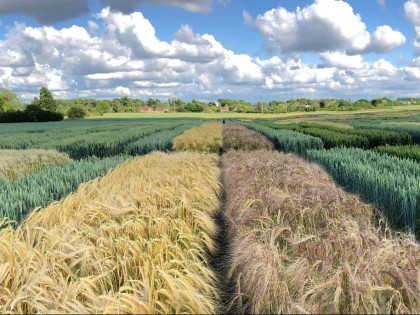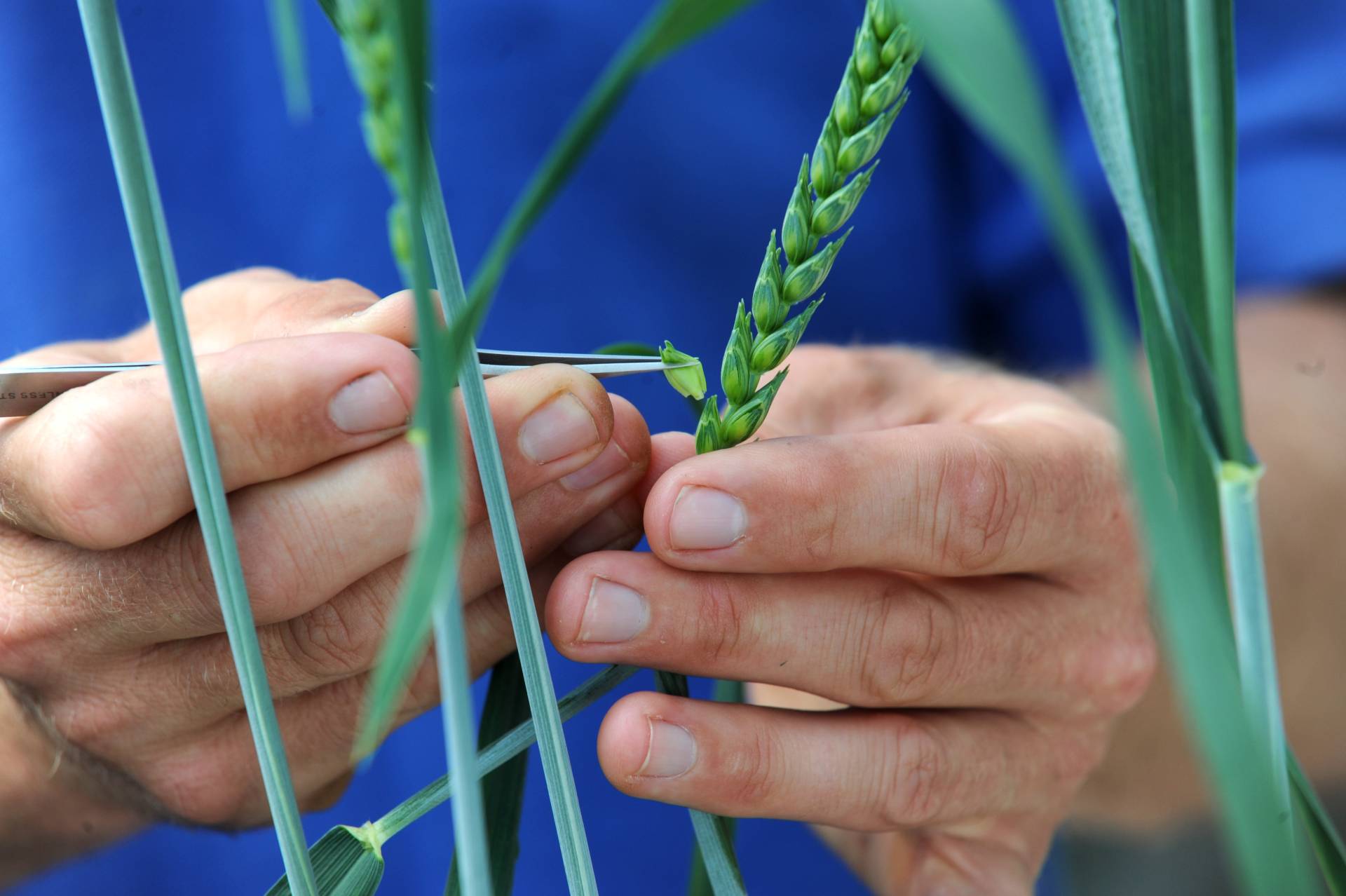
NIAB CEO, Professor Mario Caccamo looks at the challenges, contributions and future of crop genetic innovations...
A reliable supply of home-grown food is essential to maintain a stable and prosperous economy. The normalisation of irregular climate patterns and the instability that wars and social unrest bring to world food markets have brought into sharp relief how vulnerable we are to global shocks in food supply.
I find it compelling to look at these challenges, and the critical contribution of crop genetic innovation, through the perspective of NIAB’s 100-year history.
NIAB was founded in 1919 in response to the post-war food crisis when there were serious shortages of seed, fertiliser and equipment to cultivate large areas of newly ploughed fields. Although the underlying reasons might be different, the food supply challenges of today remind us of what the country was facing in the years following the Great War.
Then, one of NIAB’s early priorities was the design and implementation of a seed testing system, with the primary aim of assuring quality for domestic and imported seed. In 1921, the Official Seed Testing Station became a member of the International Seed Testing Association, which to this day continues to ensure common standards for testing methods and data collection are maintained across the world for seed testing.
In this context, NIAB’s early work in variety and seed testing has provided the basis to define plant breeders’ intellectual property through the award of Plant Breeders’ Rights, which today supports variety registration and consumer protection through the National List system. In the early 1920s NIAB also established a system of performance trials to compare new crop varieties to existing ones.

Over time, this led to the establishment of the ‘Descriptive’ and ‘Recommended’ Lists, which are designed to allow growers to select with confidence independently assessed crop varieties.
This two-tier approach highlights the robustness of the underlying regulatory framework for crop varietal registration, testing and certification for seed marketing, built largely under policies promoting food security and consumer protection. The winter 2022/23 edition of Landmark, our corporate magazine, gives an update on many of the activities we deliver at NIAB to support this process for well-established crops as well as some underutilised ones.
I recently co-authored a book chapter with former colleague Dr Richard Harrison exploring the historical development of the UK’s regulatory framework for crops. We discuss the important role that transparency plays in the management of information related to crop performance and safety in the context of regulation and the definition of plant breeders’ rights. As we explain in detail, the evidence shows that the UK has a very robust and product-focused regulatory scheme that delivers safe and fit-for-purpose plant varieties.
The current regulatory framework is also flexible to incorporate new breeding technologies such as genome editing. In the interests of transparency, organisations such as the British Society of Plant Breeders (BSPB) have also proposed to establish a public register for all crop varieties that have been developed using precision breeding technologies, which will only strengthen the current regulatory framework.
Those who claim that new breeding technologies would be left unregulated under the new Genetic Technology Bill ignore the solid system that is already in place. This is a framework with an impeccable track record that over more than a hundred years has evolved to enable safe and sustainable innovation in the sector.
As the Genetic Technology Bill progresses through Parliament, we have already heard calls for the legislation to enforce statutory labelling of products that might include ingredients from crops generated using new breeding technologies. This is an unnecessary requirement that contradicts the rationale of the proposed new legislation that the products of precision breeding technologies are indistinguishable from conventional ones. It would also increase costs to consumers, and in practice would be impossible to enforce precisely because the products are indistinguishable.

The summary data for the summer of 2022 shows that this year was defined by a drought and heat that was more intense than previous comparable heatwaves, including the first time we experienced temperatures of 40°C in the country with records also set for high overnight temperatures.
Although most cereal crops fared relatively well, the unusual hot weather accelerated their harvest season, in which yields for legumes, root and horticultural crops were severely reduced.
The challenging weather conditions we experienced this summer, not just in the UK but across Europe, bring to the fore the need to fast-track the delivery of novel crop varieties that could be enabled by new breeding methods. Indeed, the target to maintain global rising temperatures within 1.5°C is unlikely and therefore adapting to climate change is more urgent.
New breeding technologies such as genome editing can provide greater access to solutions to generate crops that are resistant to new emerging diseases, can produce good yields under water stress conditions and that can also utilise fertilisers more efficiently.
At NIAB we have contributed with innovation to support the development of more resilient and climate-ready crops that could still yield the expected outputs under greater extremes of climate stress. This is demonstrated by several of the articles in the winter 2022/23 edition of Landmark that are focused on climate-change traits and the deployment of advanced technologies that we can use to monitor the impact of new varieties and specialised agronomy practices.
We were invited to attend the BBC Food and Farming Awards this year after NIAB was nominated as a finalist in the Food Innovation category. NIAB’s nomination recognised our work in supporting the development of wheat breeding through the collaborations we have developed over the years with UK and global research organisations. NIAB’s investment in infrastructure and skills in cereal crop genetics in the last 15 years has been transformational, and we were thrilled to see this contribution recognised at such a level.
